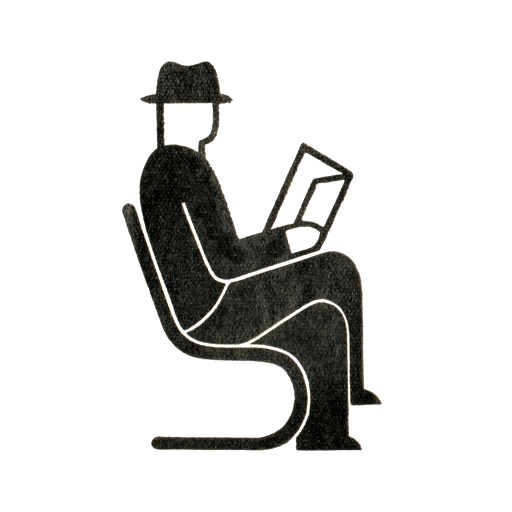Methods and Limitations
This post describes the setup of our research. As described in our first post, we took a two-step approach. First interviews with practitioners and then design prototyping. The research we conducted took place between June and September 2025.
Expert interviews
We reached out to 18 different outlets, writers or publishers with a Fediverse presence. We used a broad and inclusive definition of publisher, writer and professional. Meaning we intended to include personal blog and those that publish long-form but derive income otherwise. Ultimately we conducted hour-long semi-structured interviews with 5 people1.
We spoke to: an independent web editor working for an outlet publishing both online and in print with local reach; a web editor for an online outlet with global scope and reach; a web editor and writer for an online outlet with national reach, an independent online writer; a member of the editorial board of an outlet publishing both online and in print with national reach. We spoke to three men, one woman and one non-binary person and all were based in North America or Europe.
In addition, we were participant observers in three meetings with public media professionals currently using the Fediverse in various capacities. Their organizations produce, primarily, video and audio media for German-speaking audiences in Europe with a mandate to inform and educate. While these publishers are still engaged to various degrees with centralized commercial platforms, they are actively investing in digital social systems which support more editorial independence, audience context and localized control.
Simultaneously we studied different existing long-form Fediverse platforms by using them and analyzing them. Doing so we got better insight in to their affordances, as well as getting an understanding how they interoperate. In connection to this we have spoken to different developers to get a better sense of what they are working on and what the broader conversations around long-form features are. Finally we have sketched and prototyped interfaces for displaying long-form content based on these different conversations.
Limitations
One limitation is we did not speak to many people. However, this was not prohibitive as the purpose of this study was to surface issues that are part of the larger topic which warrant further investigation. Therefore we framed our work in terms of emerging themes, as these are helpful threads to unravel in future work rather than definitive findings.
While we spoke only to a limited number of people, we did speak to them in-depth and got more insights into the way experienced practitioners understand that part of their professional context. That is to say, you should not read this study as “all publishing professionals on the Fediverse think this way”. Our methods do not warrant such conclusions. Instead consider it as “these professionals had this opinion” which can offer insights, even if it is a minority opinion. Such insights help asking better questions around a particular set of features and the people that will work with them. In other words, they are the starting point for design inquiries and prototyping.
Timing was another limitation of the project. In general, we analyzed software in a particular moment in time and features change or are added over time. In one way we were “on time” as there is much happening in this space. On the other hand, we conducted some of the work right as Ghost enabled ActivityPub for their platform. As we explore in Who Wants To Federate A Full Article, we encountered skepticism toward the idea of federating full long-form pieces. The exceptions were those who already wrote “newsletter style”. So a broader adoption of federating Newsletter/Blog software might find more authors sympathetic to federating full articles. Having said that, our observations in that piece remain relevant for further design work on of federated long-form publishing more generally.
- These interviews took place in July and August 2025. The summer months limited our ability to speak to more people. This was a consequence of the short timeline of the project. ↩︎
